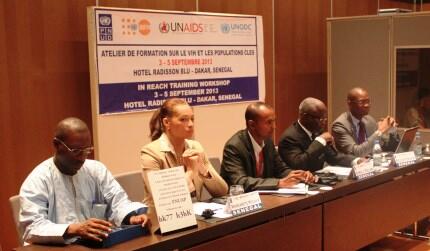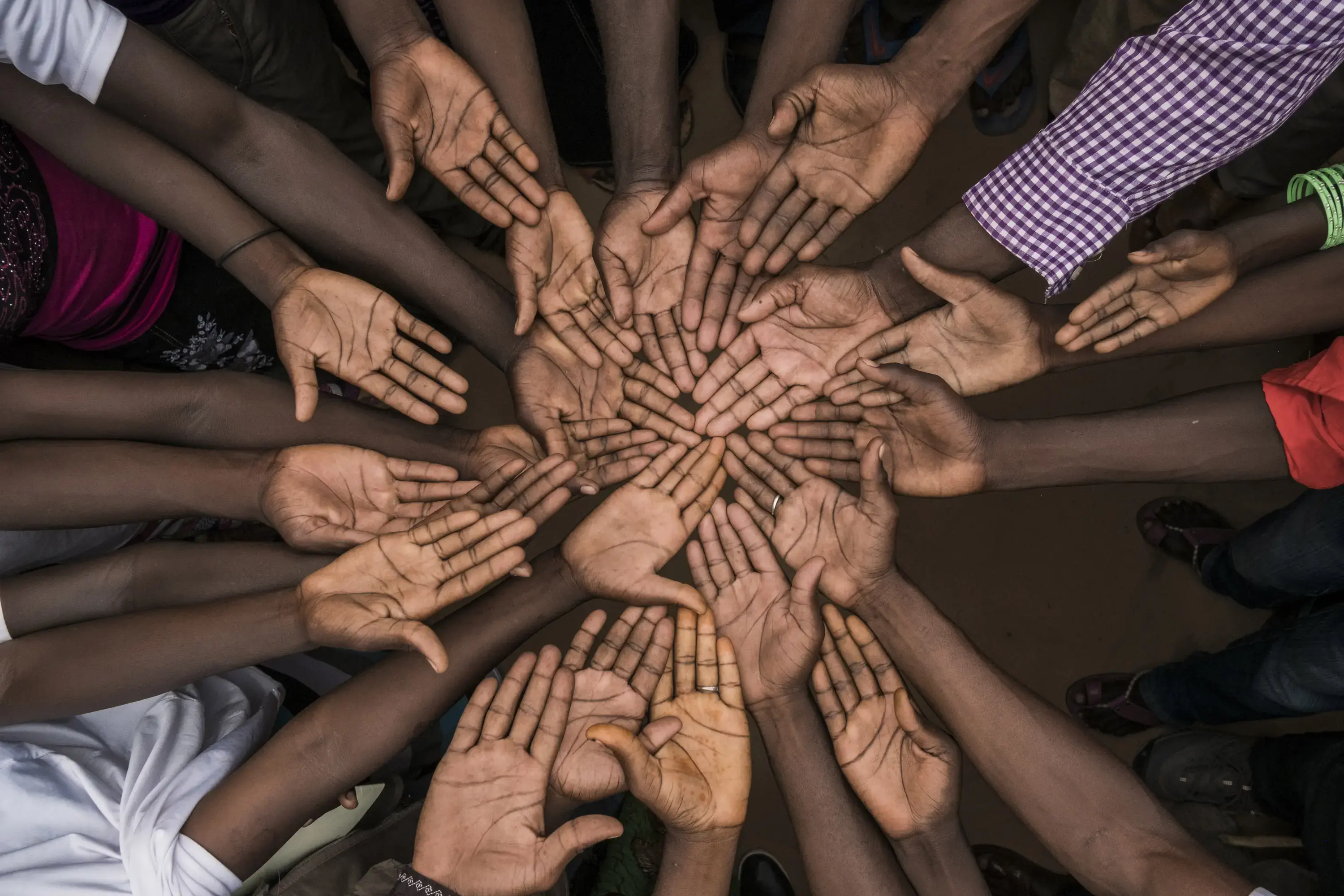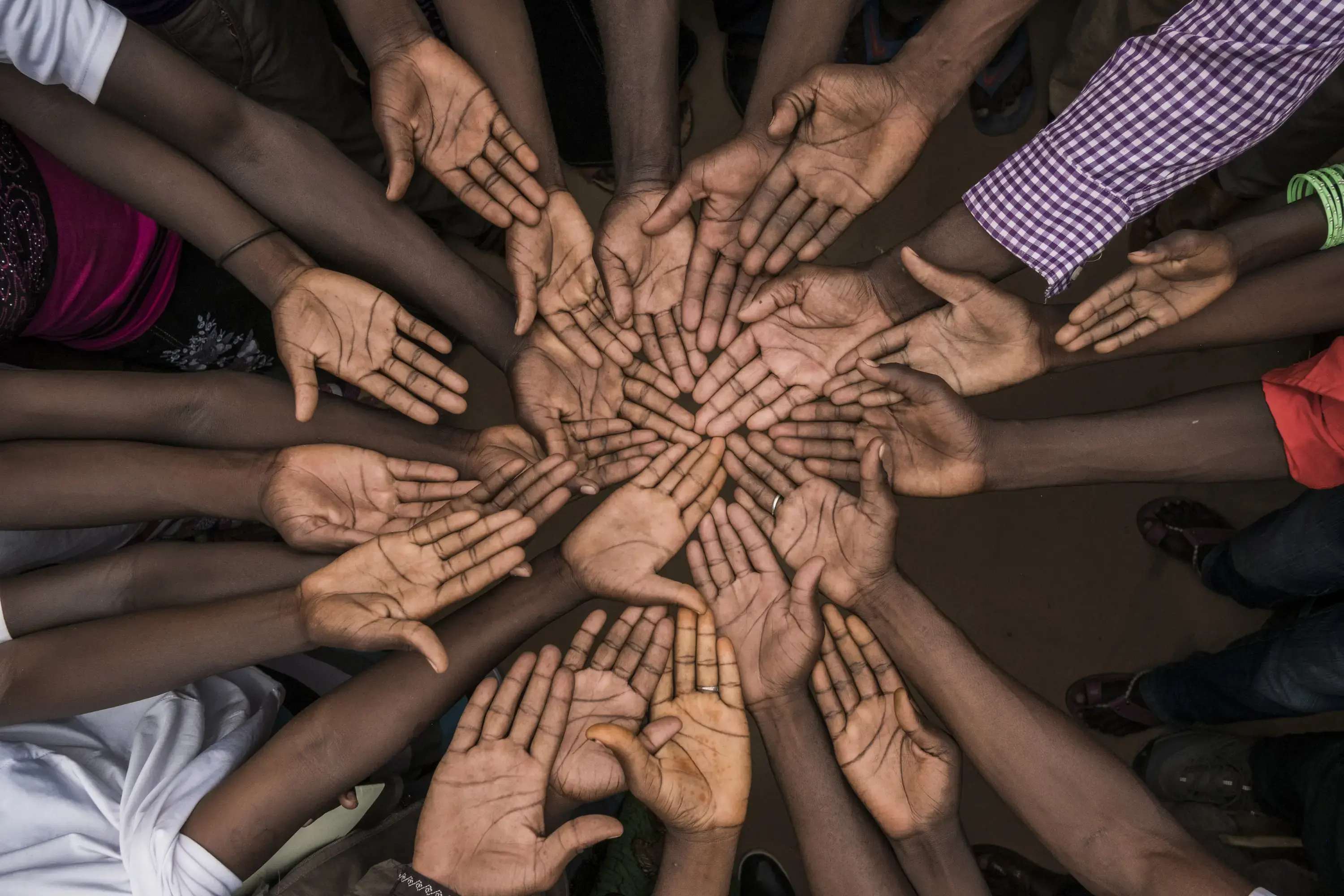Dakar (Senegal) - A training workshop on HIV and "key populations" was held in Dakar, Senegal from 3rd to 5th September 2013 in a bid to strengthen the capacity of United Nations staff in the West and Central Africa region in building responses for people exposed to HIV.
"Key populations” are people most likely to be exposed to HIV or to transmit it, particularly sex workers, people who inject drugs, men who have sex with men, transgender persons, etc.
It should be noted that although not necessarily part of "key populations”, clients of sex workers, truck drivers, fishermen, prisoners and soldiers are also part of those highly exposed to HIV.
The major objective of this regional training workshop was to "strengthen the capacity of country focal points on constructing responses to issues relating to the prevention, access to treatment and care of people most at risk of HIV infection."
Participants will also develop a work plan to be implemented once they return to their respective countries in order to have a result-based significant impact at country level.
The HIV/AIDS prevalence in West and Central Africa is comparatively low, with the adult HIV prevalence rate estimated at 2% or under in 12 countries (UNAIDS 2009).
The prevalence rates are highest in Cameroon at 5.3%, Central African Republic 4.7%, Côte d’Ivoire 3.4%, Gabon 5.2%, and Nigeria 3.6%.
However, in most countries of the region, the prevalence rate among key populations is very high. For example, Senegal, which has a national prevalence rate of 0.7 %, has a prevalence rate of over 20% among key populations.
According to UNAIDS, unprotected sex with sex workers is a significant factor in the HIV pandemic in the region.
The workshop was organized by the United Nations Population Fund (UNFPA), the Joint UN Programme on AIDS (UNAIDS), the UN Development Program (UNDP) and the United Nations Office United against Drugs and Crime (UNODC). It brought together about one hundred participants from twenty-three countries in the West and Central Africa region including the Democratic Republic of Congo and Burundi.





